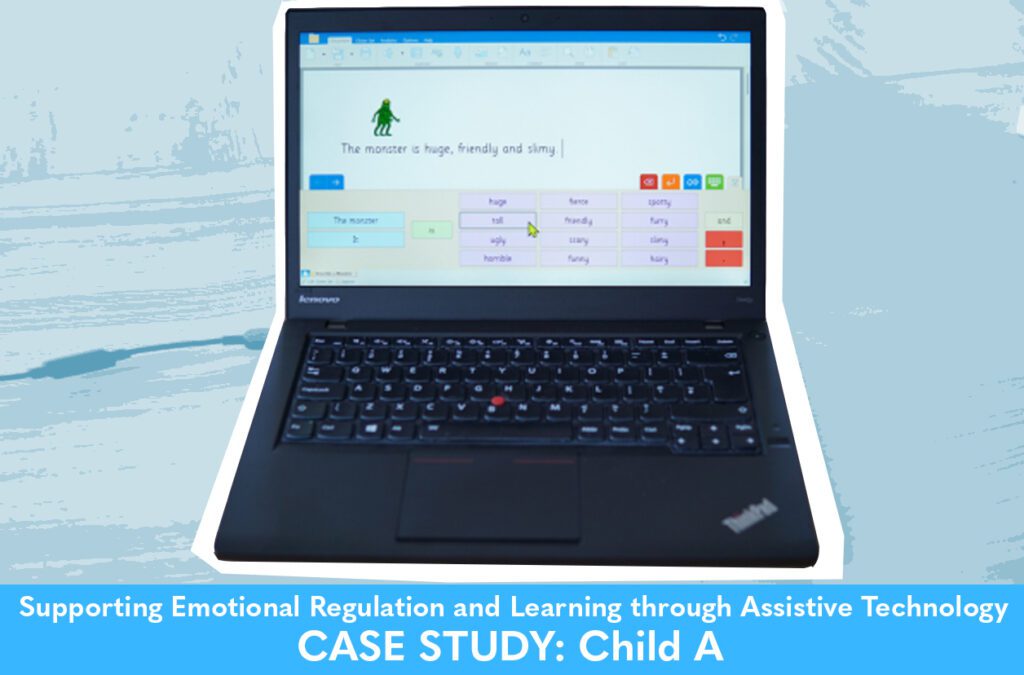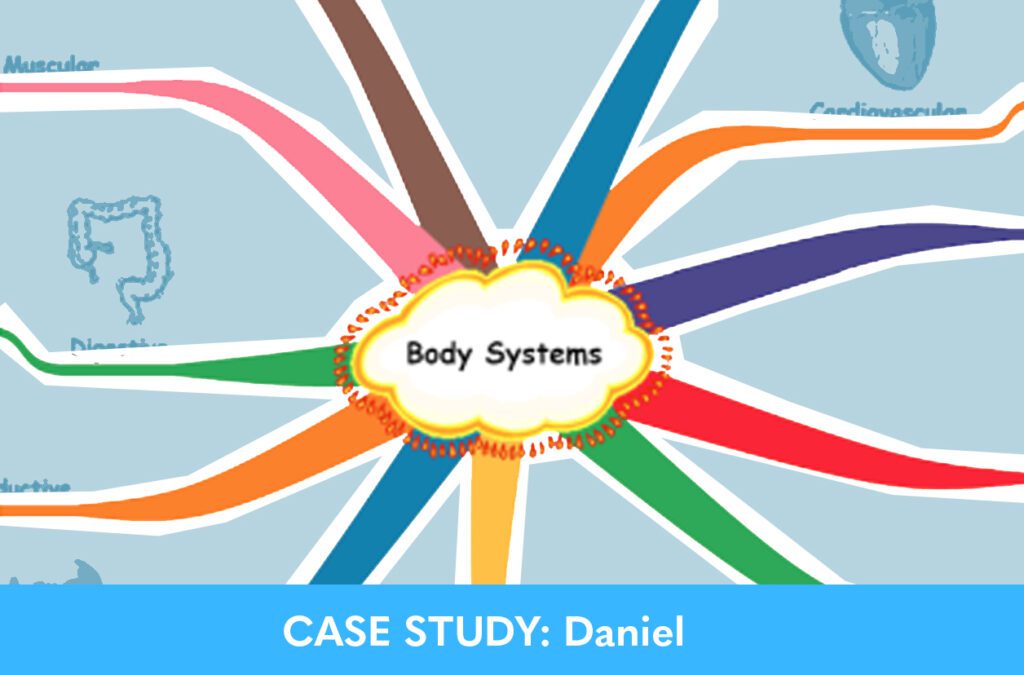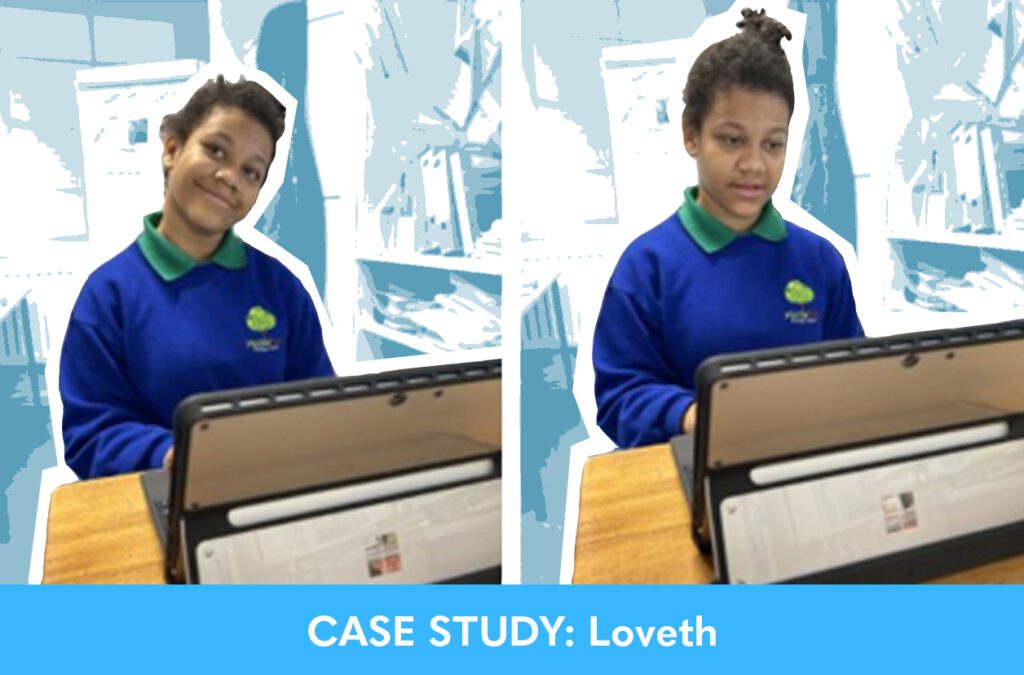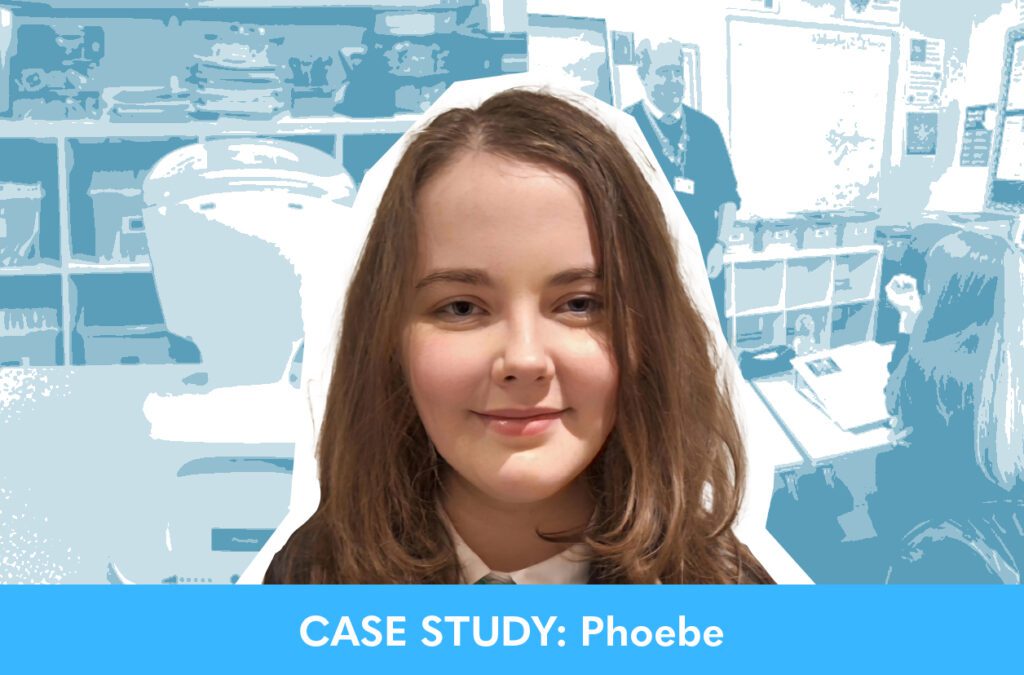CENMAC supports many children and young people to access the curriculum and/or to communicate using assistive technology. The following case studies show how using this technology can greatly improve their educational outcomes and life skills.
Video features pupils at Middle Park Primary school and CENMAC student ambassador Khamani
Gaining independence with assistive technology
In this video hear from some of our CENMAC students on how they have gained independence and confidence in using their assistive technology to support their learning.
We have a number of pupils at Middle Park Primary School. We are impressed by the progress they have made over the past year.
The importance of the team supporting their pupils is incredibly important and the CENMAC team works with the school support team to ensure that everyone knows how the technology works.
We also hear from student ambassador Khamani who has been supported throughout his schooling from reception, through secondary school and his GCSEs and college.

Supporting Emotional Regulation and Learning through Assistive Technology
Child A is a Ukrainian refugee who arrived in the UK during what would have been his Year 1 academic year. However, due to limited English proficiency, unsettled wellbeing, and systemic transition challenges, he was initially placed in a reception class to facilitate language acquisition and emotional support.
He is currently in a Year 2 class, having been held back for one academic year to accommodate his disrupted educational journey and ongoing regulation needs. During his early time in the mainstream school, Child A experienced significant overstimulation and dysregulation. These episodes, often marked by heightened anxiety, withdrawal, and occasional violent outbursts, were understood to be rooted in trauma and compounded by communication barriers.

The Implementation of AT in the Curriculum
Daniel is a verbally articulate pupil who consistently uses accurate language in conversation. He presents as both polite and expressive, demonstrating a strong capacity to explain his thoughts aloud with clarity and maturity. Despite these strengths, he experiences significant barriers when it comes to handwriting and organising his ideas in written form.
He has a broad knowledge base and shows genuine interest in a range of topics, particularly those involving people and social contexts.

Progress and achievements using assistive technology
Loveth is a Year 6 pupil at a mainstream primary school. Loveth is a bright and talented individual who excels in many areas. Her athletic abilities shine through her success in football, cricket, tennis, and table tennis, where she is a dedicated and valuable team player.
Loveth is also known for her kindness and team spirit, which make her a pleasure to work with. She demonstrates a keen interest in English, particularly in story writing, allowing her to explore and develop her creative thinking further.
Loveth is making significant strides in several areas. Her handwriting, once a challenge, has shown notable improvement, which has boosted her confidence. The tailored interventions she is engaging in, such as the Power of Two Maths program and Dynamo, have been highly effective in supporting her learning.

Phoebe and the AV1 robot
Phoebe is an articulate and creative Year 10 student. Her favourite subjects are music, history and biology. She also enjoys football, drumming, skateboarding, swimming, and online gaming. She has a good network of friends who are very important to her.
Due to a condition which causes her chronic pain Phoebe has been unable to attend school this year. She continues to engage with online tuition with support from her family, school staff and other health professionals.
Phoebe is determined to sit her GCSE exams and is optimistic about her future. She greatly values her friends and is determined to stay connected them. To support Phoebe CENMAC has provided her with an AV1 robot.

Adapting the technology to support individual strengths and motivate learning
Student E is a Year 10 student at a mainstream secondary school with a alternative resources provision. Student E has a deep interest in specialist subjects such as dinosaurs, the natural world, and biology. He is very knowledgeable, with an advanced vocabulary and understanding of technical terms related to this interests. Student E excels verbally but this is not matched by his ability to create pieces of writing which fully reflect his cognition.

Supporting communication and literacy skills in a mainstream setting
Jelani is a Year 12 student at a mainstream sixth form college completing his T Level course in Digital Business. Jelani was originally referred to CENMAC by his previous school to support his communication and literacy skills in the lead up to his GCSE exams.
Jelani has a great attitude to his learning. He learns new skills quickly and is always willing to help his peers with their technology. He is determined to work as independently as possible.

Developing language and communication
Student Y is a sociable year 7 student at a special school. He completed his primary education at a mainstream school. Student Y has Downs Syndrome, a developmental delay, mild to moderate hearing loss and gross and fine motor skills delay. One of the key aims for Student Y during his final year at primary school was to develop his language and communication skills.

Using assistive technology to access the curriculum
Daisy is a chatty and bright sixteen-year-old, who has a diagnosis of ADHD and Autism. CENMAC has supported Daisy’s learning since March 2020. This case study features interviews with Daisy’s father, Kevin, her SENCO, Mrs Grace and her Advisory Teacher, Mary Long and our student ambassador Khamani also recorded a video interview with Daisy.

Using Eye Gaze
Myzat was referred to CENMAC aged 4 when she was in reception in a mainstream school. She has Spinal Muscular Atrophy Type 2 and is ventilator dependant. At the time of the assessment, she was loaned a laptop with switch access to Clicker 7 and put on the waiting list for a CENMAC eye gaze device. Her degenerative condition meant that she was already finding it difficult to use the switch, and this could only get worse as she got older.

Literacy support with an iPad
CENMAC has been the key in Rodney’s progress for the past two years. They provide amazing modern technology for Rodney to be independent and confident in his school life. The skills that he is learning now will help him progress through his school journey and beyond.

Access via Head Mouse Nano
Cenmac has facilitated Hicham’s use of a variety of technology. He has been provided with a Surface Pro and a Head Mouse Nano with Dwell software, which he states has been extremely useful ‘for classroom learning, especially independent living skills, like typing, finding information and to skype, message friends via email and to communicate with teachers and other staff at school’.

Literacy Support using a tablet computer
The laptop has helped me in many ways: ‘Being able to type my work up neatly. Save my work in one place. Write on it quickly and if I make any mistakes I can edit the work, presenting it neatly.

Accessing the curriculum
After a joint assessment, it was agreed that student O would use the CoWriter 7 word prediction software to support written recording and a Prodigi Connect 12 electronic magnifier. This device allows student O to capture images, magnify documents and have text read aloud using the text-to-speech function.
AAC Chat Group
Here at CENMAC we often support those pupils who are just starting out with AAC – Augmentative and Alternative Communication systems. We meet and work with a number of pupils both within mainstream and special education who can find their access to role models and peers who are using AAC very limited.




